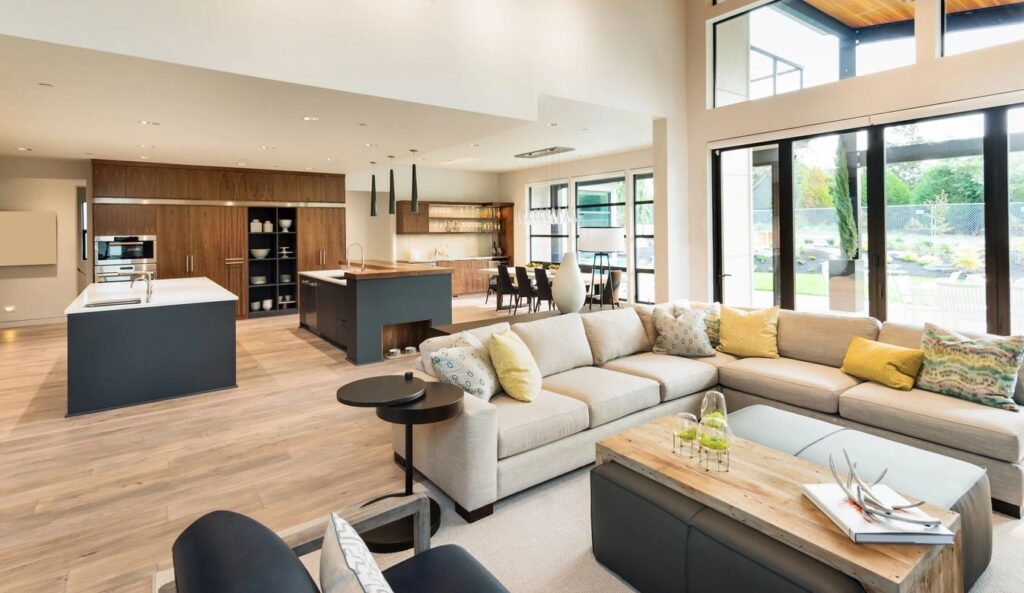As the concept of multigenerational living gains popularity, it’s important to adapt our homes to accommodate the needs of multiple generations. Whether you’re welcoming aging parents, adult children, or extended family members into your home, creating functional and stylish spaces is essential for ensuring everyone feels comfortable and supported. In this blog post, we’ll explore some valuable tips for designing spaces that cater to the diverse needs of multigenerational households.

Embrace Universal Design Principles
Universal design focuses on creating spaces that are accessible and inclusive for people of all ages and abilities. Incorporate universal design principles into your multigenerational home by incorporating features such as wide doorways, lever handles, step-free entrances, and grab bars in bathrooms. These modifications not only enhance safety and accessibility but can also contribute to the overall aesthetic appeal of your home.

Foster Privacy and Independence
While shared spaces are essential for fostering family togetherness, it’s equally crucial to provide each generation with areas where they can enjoy privacy and independence. Consider incorporating separate living areas, such as a mother-in-law suite, a basement apartment, or even a converted garage. These spaces can be designed to include a bedroom, living room, bathroom, and a small kitchenette, ensuring that every member of the family has their own private retreat.

Create Flexible Living Areas
In a multigenerational home, it’s essential to have flexible living areas that can adapt to various activities and preferences. Open floor plans with movable furniture allow for easy reconfiguration and accommodate different generations’ needs. Consider using modular furniture, folding partitions, and versatile storage solutions that can be adjusted to create dedicated spaces for activities like work, hobbies, relaxation, or family gatherings.

Accommodate Different Mobility Levels
When designing for multigenerational living, it’s important to consider the mobility needs of each family member. Install ramps or gently sloping entrances to ensure easy access for individuals with mobility challenges. Opt for slip-resistant flooring and low-pile carpets to prevent falls and make maneuvering easier. Additionally, bathrooms should be equipped with features like step-in showers, grab bars, and adjustable-height fixtures to accommodate individuals with limited mobility.

Incorporate Thoughtful Lighting
Good lighting is essential for creating functional and inviting spaces. Incorporate a combination of natural and artificial lighting to cater to different needs and preferences. Install adjustable light fixtures to allow for varying levels of brightness, and consider adding task lighting in areas like reading nooks, workspaces, and kitchen counters. Thoughtful lighting not only enhances functionality but also adds a warm and inviting ambiance to your home.

Integrate Technology
Incorporating technology into your multigenerational home can greatly enhance convenience and safety. Smart home devices, such as voice-controlled assistants, automated lighting, and thermostats, can make daily tasks easier for all family members. Additionally, consider integrating home security systems and emergency call systems to ensure the safety and peace of mind of everyone in the household.
Designing for multigenerational living requires careful consideration of the diverse needs and preferences of each family member. By embracing universal design principles, fostering privacy, creating flexible living areas, accommodating different mobility levels, incorporating thoughtful lighting, and integrating technology, you can create functional and stylish spaces that cater to the needs of your multigenerational household. Remember, a well-designed home is not only aesthetically pleasing but also plays a vital role in promoting harmony, comfort, and a sense of belonging for everyone involved.
